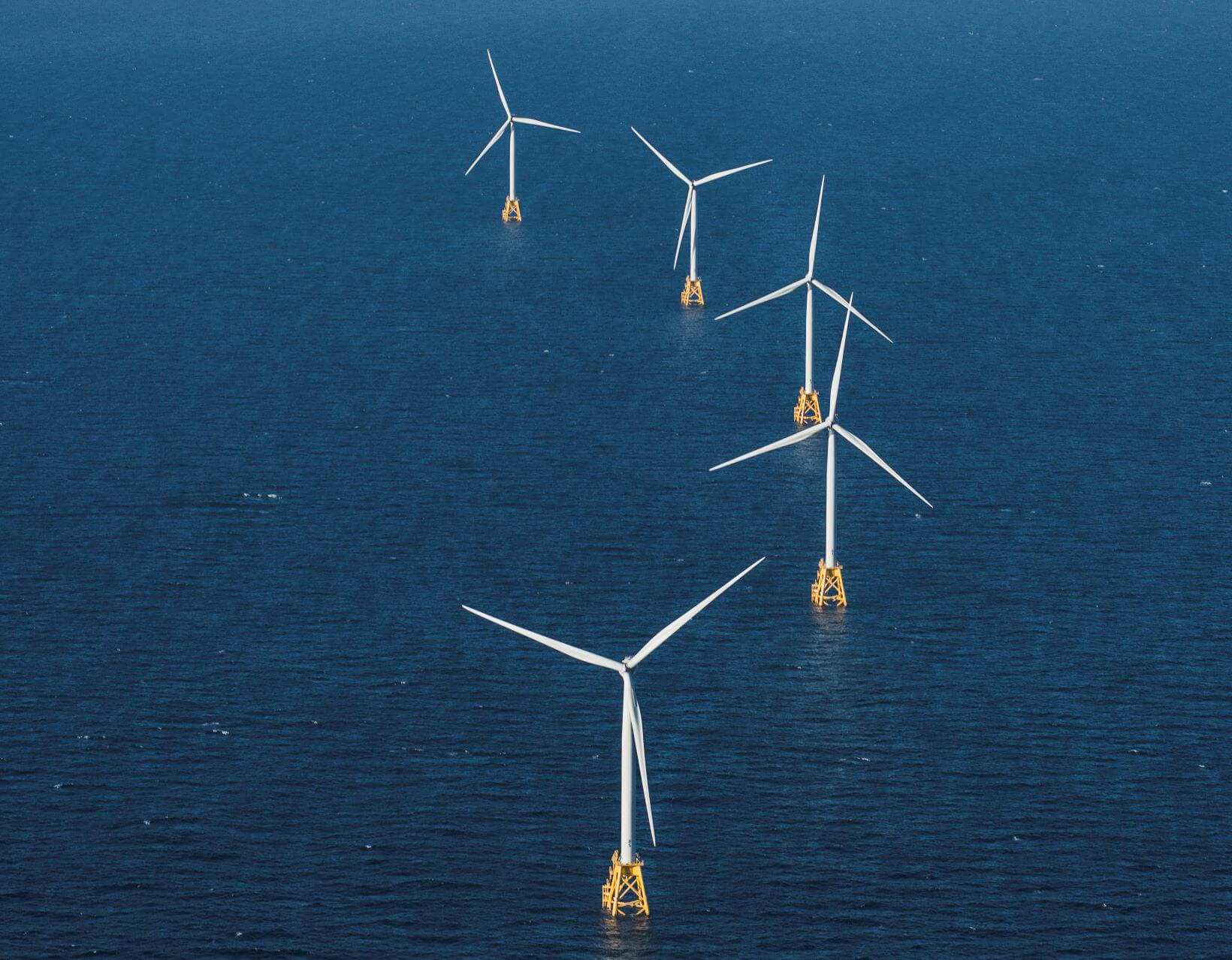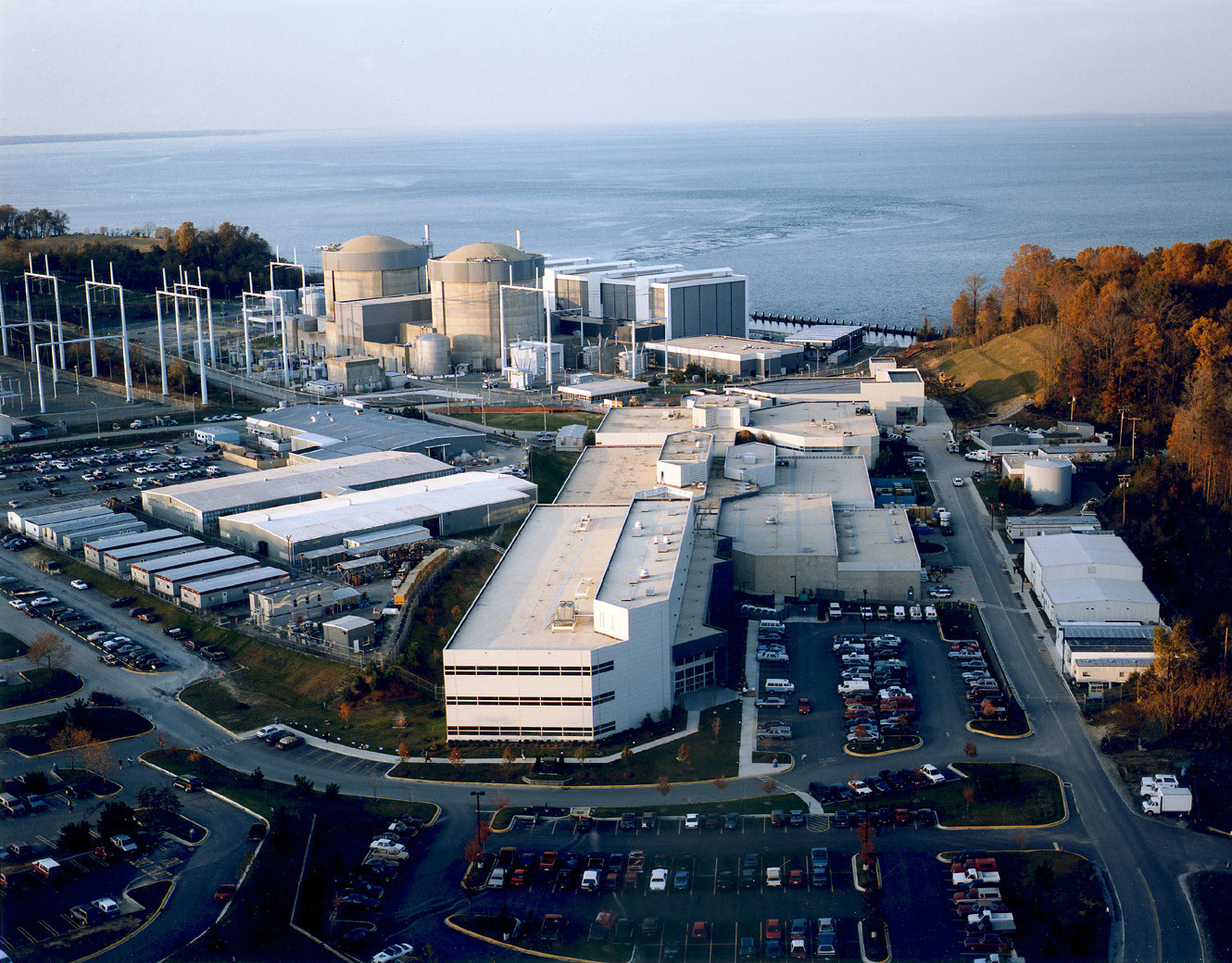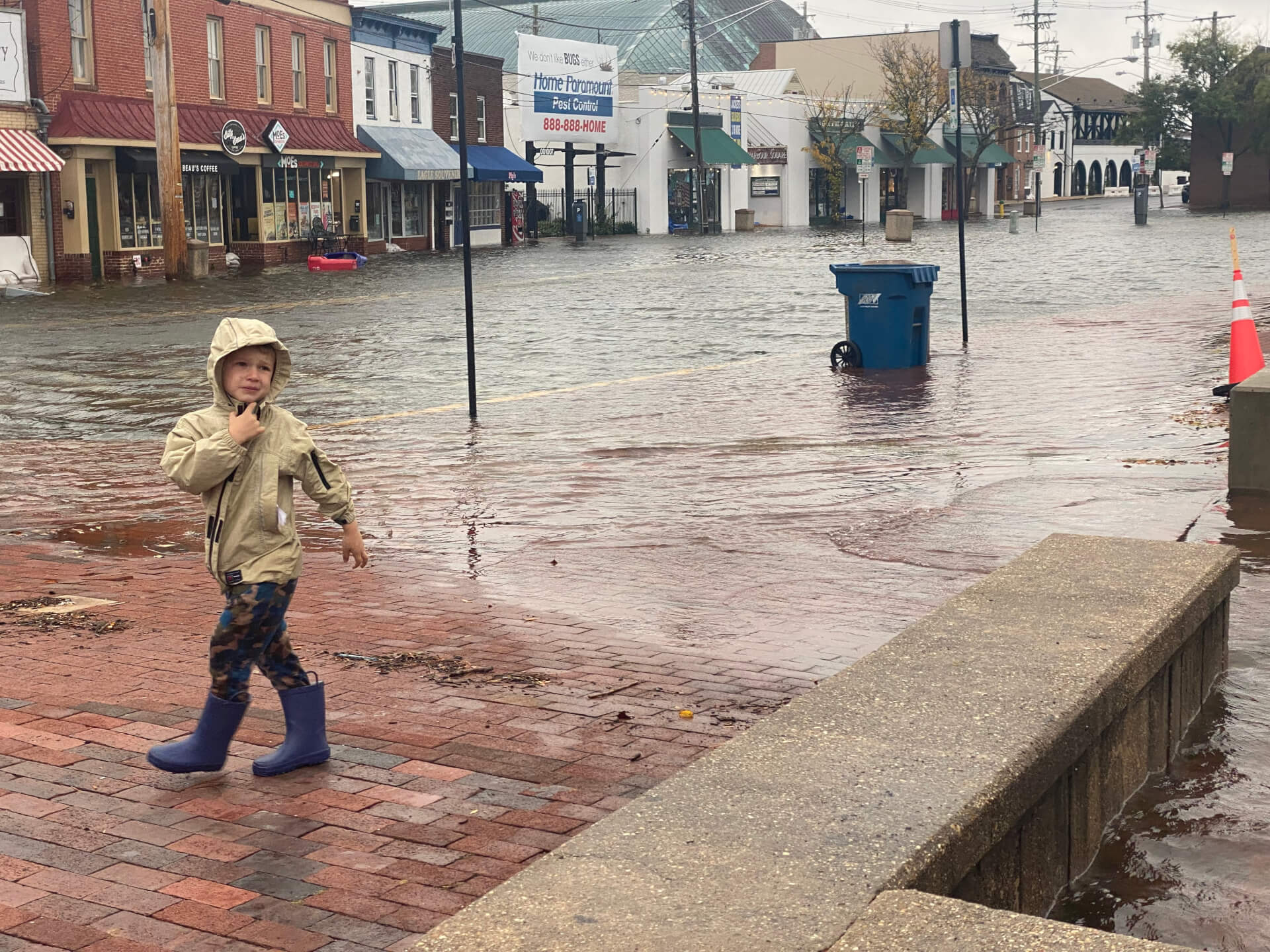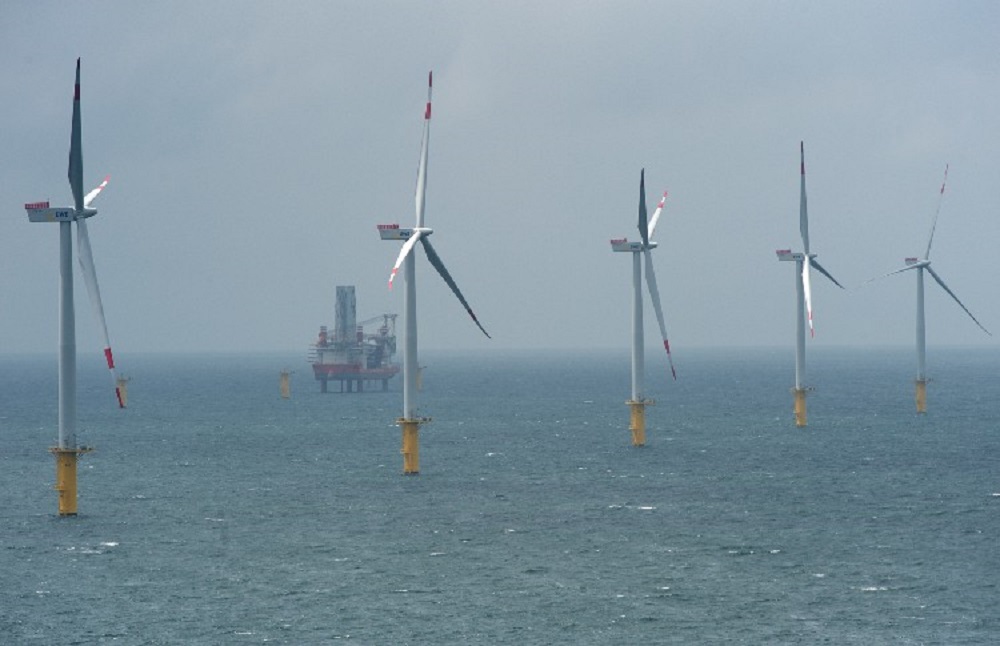
By Alex Pavlak
The writer is a professional engineer and chair of the Future of Energy Initiative.
On Dec. 8 Maryland Matters cited a Gabel Associates report titled “Maryland Offshore Wind: Estimating the Costs and Benefits of Offshore Wind Energy Development.” The report provides clear evidence why Maryland’s stewards need to up their game. Maryland’s largest investment to date — about $8 billion discounted offshore wind renewable energy certificates (OREC) — was made with no evidence that offshore wind will be a useful component of a fully decarbonized PJM electric power system.
The fatal problem with offshore wind is the cost of managing large scale intermittency on clean systems with no cheap fossil fuel backup. There is no simple solution. The more offshore wind, the less fossil fuels, the more expensive is backup. Halfway to zero, ratepayers are likely to rebel over high electricity prices and Maryland gets stuck with an expensive dirty system, just like Germany.
The Gabel paper presents costs as “Levelized cost of electricity (LCOE).” This is a useful metric for comparing functionally interchangeable generators, such as natural gas vs. coal. But it is a misleading metric when applied to wind and solar as it excludes the out-of-market system costs of managing intermittency (curtailment, transmission, and storage). The accurate way to calculate OSW cost is to estimate the cost of a whole reliable PJM system, with and without OSW.
Figure 5 of the Gabel paper presents levelized power purchase agreement/OREC prices of approved U.S. offshore wind projects. The numbers are sound and consistent with Maryland’s offshore wind OREC awards, averaging roughly $90 per megawatt hour or two times current PJM wholesale electricity cost. Costs should also include temporary federal subsidies, which would bring the number closer to three times current costs.
While these numbers reflect real out of pocket costs, Gabel rejects these numbers in favor of a smaller theoretical LCOE number for wind turbines only. Offshore wind has the highest LCOE of any clean technology (with the possible exception of carbon capture and storage).
Table 1 of the Gabel paper claims benefits. Note that these benefits are not specific to offshore wind but would apply to any clean generation technology, including onshore wind, utility scale solar, residential solar, hydro nuclear, and carbon capture and storage.
Maryland’s stewards need to understand the Options for a Zero Carbon PJM. Then an investment decision would be rational. Today, offshore wind is a political guessing game, a big bet using somebody else’s money.




 Creative Commons Attribution
Creative Commons Attribution